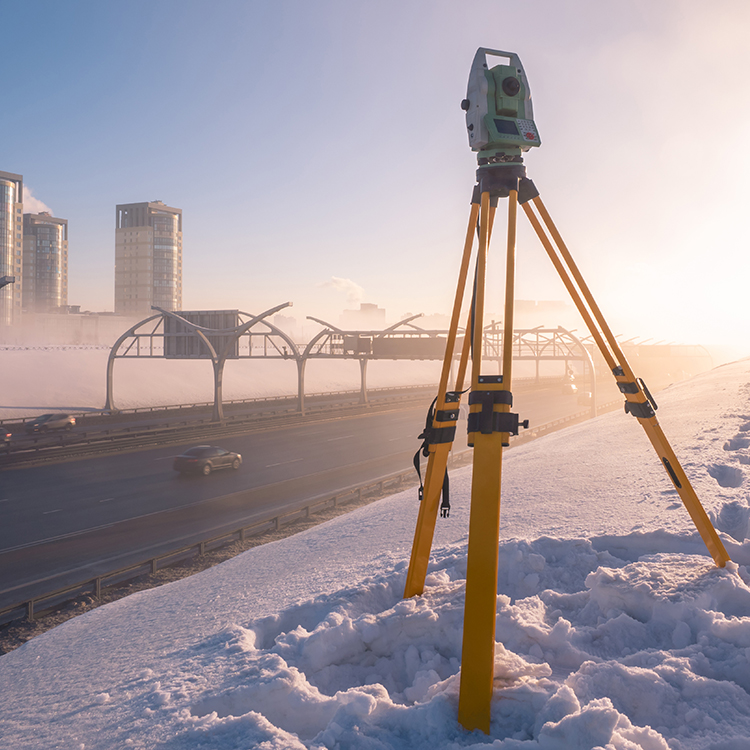
Commercially released in the late 1990's, laser surveying-also known as lazer scanning-has grown within popularity until, nowadays, surveying companies that will wish to stay competitive must have a laser scanning device, and often more than one. Although GPS surveying remains a regular service, its disadvantages when compared with laser surveying are causing a great industry wide change to the latter-a change that a few surveyors have already embraced.
One example of an inspector that successfully transitioned from GPS to laser scanning is definitely LandAir Surveying, a new Georgia based company that started enterprise in 1988 carrying out topographic surveys and even site surveys regarding contractors in Georgia and surrounding says. Similar to most surveyors who else graduated to laserlight scanning, LandAir employed GPS into typically the early 2000's, any time a specific task revealed the want for an equipment upgrade. For LandAir, that project seemed to be the Georgia Division of Transportation's requirement for an as-built conditions survey for a great eight lane passage, which was too large and long intended for GPS devices to be able to survey with precision.
After attending a new laser scanning demonstration by a Leica Geosystems representative within 2005, LandAir purchased the Leica 3 thousands, and today makes use of Leica's HDS6100, HDS6000, and ScanStation II scanners. Initially employing its equipment regarding conventional projects, LandAir expanded to projects whose size in addition to complexity necessitate laserlight scanners, such as-builts of large interiors and structural support surveys, when companies with such projects came knocking upon its door. Typically the values that LandAir's early scanning clientele saw in laser beam surveying are the particular same value that will it holds today:
The ability to survey a larger variety of items, environments and set ups
The ability to be able to complete a surveying project in since little as one surveying session
The collection of more exact data than GPS DEVICE or total channels
The delivery involving editable data models that clients may manipulate, thus reducing surveyor involvement.
As Topographical Land Surveyors Bristol discovered throughout 2005, surveyors who switch from classic surveying to laser beam surveying do considerably more than swap equipment; they also modification how they conduct typically the surveying process. Any time switching from GPS, field notes become a thing involving the past, changed by endless information points and picture taking files; a traditional line of site to the next surveying point is abandoned for more concentrated coverage; and laser scans often capture more data compared to a client initially needs but ultimately finds useful, which decreases surveyor participation. From a consumer perspective, the laserlight surveyor's decreased engagement has two positive aspects: it allows customers more freedom while facilitated by editable project data, and it drives down typically the surveying cost regardless of scanning equipment's increased price than GPS NAVIGATION equipment.
Regardless associated with project type, its lower surveying price and superior deliverables are making laser scanning the brand new surveying standard with companies where it isn't already. Companies like LandAir possess stayed in front of the sport by embracing lazer surveying early, a new move that accounts for LandAir's scanning services experience in many fields and industries, including law observance, preservation, architecture, construction, engineering, and telecoms.
